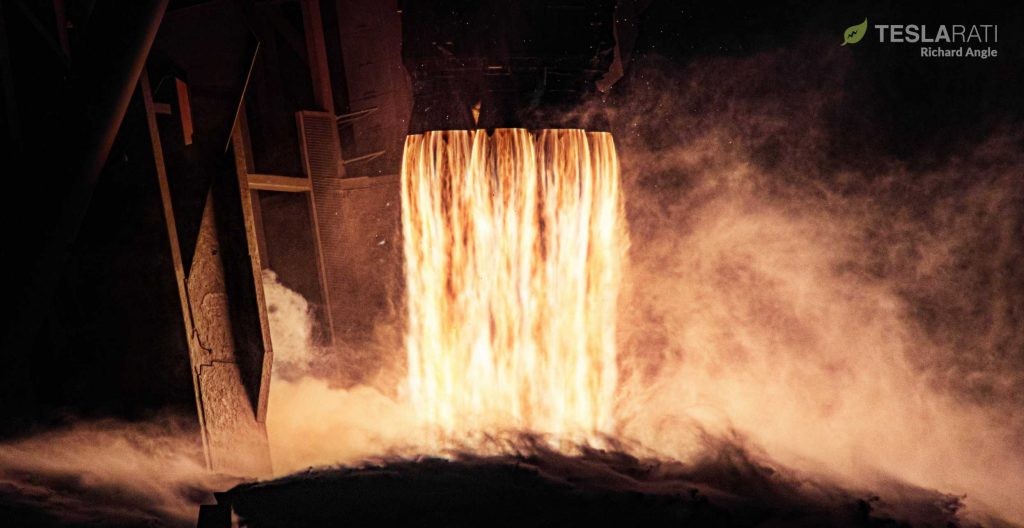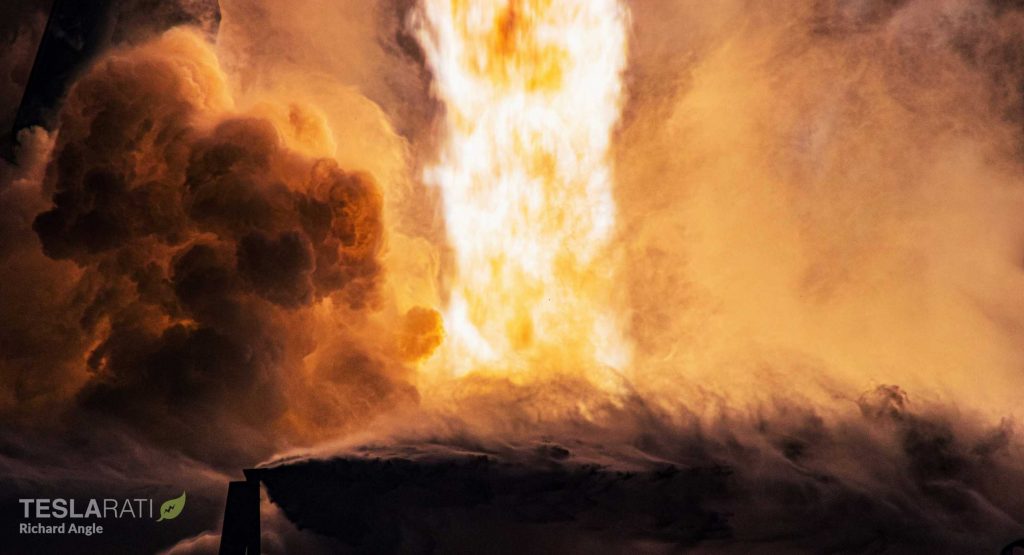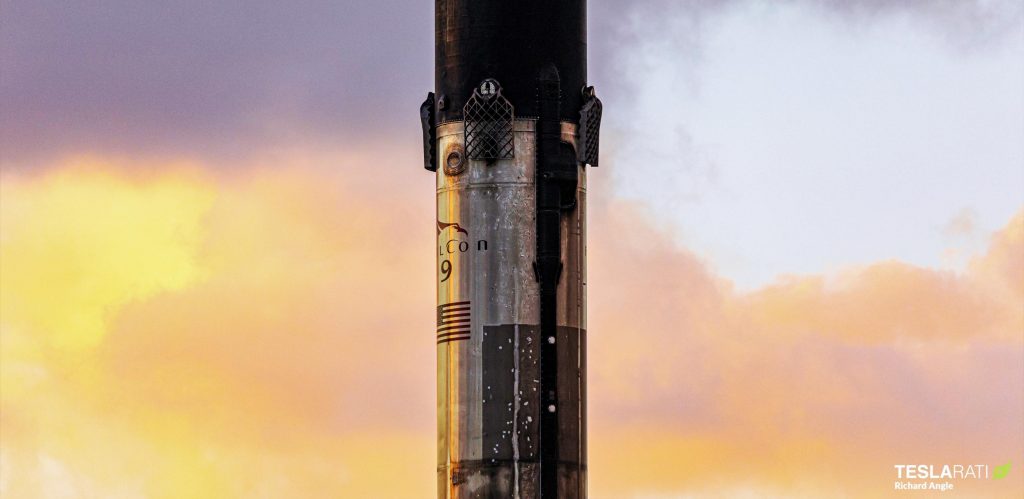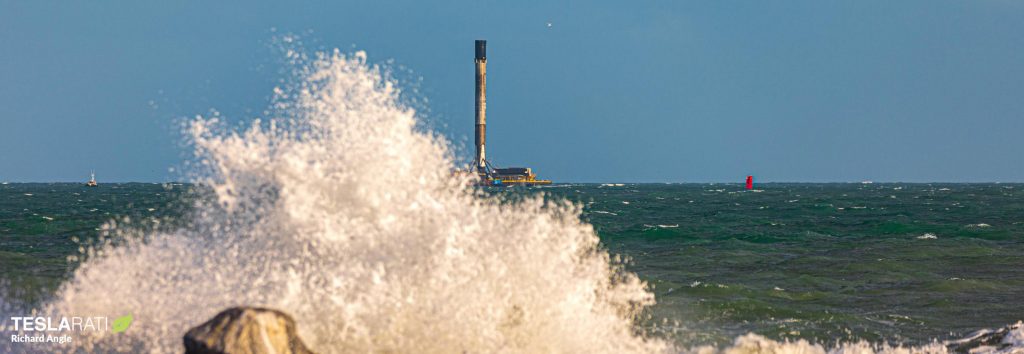A Tesla Model Y prototype was spotted on a snowy portion of the Donner Pass in Northeastern California. The car was navigating with relative ease through the unpleasant road conditions during the nighttime.
Reddit user and Tesla owner Christopher Radoff spotted the Model Y after his wife had given him a heads up that a fellow Tesla was traveling in front of them. He initially thought it was a Model X SUV, but he quickly came to realize that it was not the case. “Yeah, my wife realized it was a Tesla before me. I had figured it was too tall and did not have X tail lights. Once, she said it was a Tesla it clicked for me and I was like, ‘quick get the camera’,” Radoff said on Reddit.
It seems that this vehicle was likely an All-Wheel Drive variant that is recommended for navigating in rough terrain. This includes excessive snowfall. While Tesla vehicles in the past have shown their ability to drive through large collections of rainwater and excessive snow on the road, the Model Y seems to be showing the same ability ahead of its initial productions and deliveries.
While the All-Wheel Drive trim is ideal for traveling in snow, Tesla’s vehicles have performed well in the past in snowy conditions. Tesla also released a “Winter Protection Kit” for drivers in regions where winters were harsher. This kit was free to Model 3 owners and featured mudflaps to protect the paint from road salt and improve performance in snowy weather.
The Model Y has been the talk of many Tesla enthusiasts since its first sighting outside the company’s Fremont factory in early 2019. While the car has been tested in real-world and track settings as of late, it seems Tesla is beginning to make its final adjustments to the Model Y.
A compilation of every Model Y sighting was recently compiled by Tesla enthusiast Ryan Shaw. The video shows the Model Y in a variety of settings and gives a great look at how the vehicle has developed over the past year.
The Model Y may be coming sooner than expected after the vehicle received its certification from the California Air Resources Board (CARB). This is a huge development as the Model 3’s CARB certification came three and a half weeks before initial deliveries began. The Model Y will be produced in Fremont, but Shanghai will also build the crossover after Tesla announced Gigafactory 3’s plans to manufacture the vehicle. It will also be the main focus of Gigafactory 4 in Berlin when it is completed in July 2021.
Watch Christopher Radoff’s video of the Model Y navigating flawlessly through a snowy mountain road below.

(adsbygoogle = window.adsbygoogle || []).push({});
<!–
–>
var disqus_shortname = «teslarati»;
var disqus_title = «Tesla owner gets surprise Model Y sighting on snowy mountain pass in California»;
var disqus_url = «https://www.teslarati.com/tesla-model-y-spotted-testing-on-snowy-mountain-road-in-california/»;
var disqus_identifier = «teslarati-126776»;









